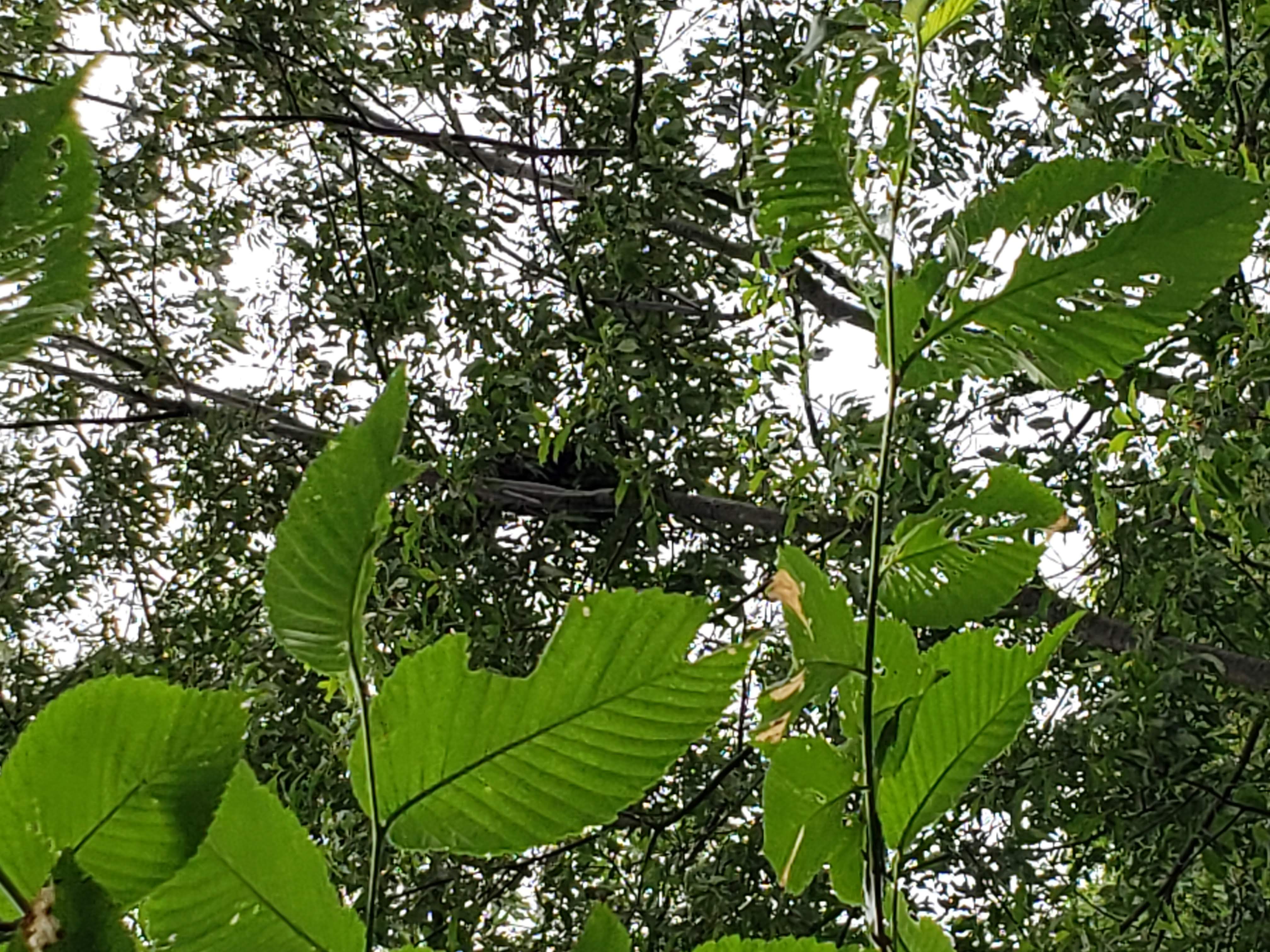First year hives - Splits and honey
Barbara
Jeff Steinhauer
I'll get the responses started. During my check on Friday, my queen was finally in the bottom box. I move some frames of capped larva to the bottom box, and the nectar packed frames out of the brood nest. I found a couple empty queen cups on the edge of frames. When I check again this week, I'll see if they have become populated. If so, then I'll split the hive by taking my old queen and a couple frames of brood and food frames and place them in a five frame nuc box. Depending on the number of queen cells and the size of my colony, I might make additional splits. I hope this helps jump start additional responses.
I wouldn't worry about pulling honey yet. You can always do that later, either by the box full or individual frames. Please remember that honey is the bees preserves for the long cold winter months. If you pull honey, you'll have to supplement their food.
Keep up the good work.
Best wishes,
Jeff S.
Scott Johnson
Scott Johnson Ph.D.
Low Technology Institute
First year keeper here! I have a nuc colony that is doing well - they have two full deeps, and I added a honey super. They had a lot of nectar in the second deep before I got the super on, so I'm hopeful they fill it quickly. What are people's preferences/opinions on splitting or harvesting from a first year hive? Do you split based on signs of swarming?I have a second hive I started from a package pretty late, so they got their second deep last weekend.
--
You received this message because you are subscribed to the Google Groups "madbees" group.
To unsubscribe from this group and stop receiving emails from it, send an email to madbees+u...@googlegroups.com.
To view this discussion on the web visit https://groups.google.com/d/msgid/madbees/60766dae-df93-445a-8d96-43d6295b98f4n%40googlegroups.com.
marvin
Paul Zelenski
The general recommendation is to not split or get honey, but …. The bees don’t always read the books.
If you have a hive now that is filling 2 deeps, it is possible to split them. I will sell 5 frame nucs to people until the beginning of July. After that I figure it is too late for them to build up before winter. Also, if you think your hive that is 1 D will be find for winter, it only makes sense that your hive of 2 deeps could become two hives of 1 D and be fine.
Of course, there is some risk and some amount of expertise needed to successfully make a split (Don’t be scared, it’s not that hard), so it really depends if you want to take that on your first year.
It also depends if you buy a queen for your split or expect them to raise their own. Trevor has some good queens available, so purchasing those will save your hive about of month of stagnation while they raise their own.
If you don’t split, you’ll just need to be add a lot of space to keep up with them so they don’t swarm, but you’ll almost certainly be able to harvest honey.
So, as with all beekeeping, there are a lot of decisions to make based on your goals and preferences. I think splitting or not splitting are both the right answer depending on what you want, how much risk you want to take, and how much you want to bite off your first year.
Good luck.
To view this discussion on the web visit https://groups.google.com/d/msgid/madbees/c715eec1-e9bd-43ca-a154-4768a97b6888n%40googlegroups.com.
trex raptor
To view this discussion on the web visit https://groups.google.com/d/msgid/madbees/20EEC491-1C0A-451C-9278-209EAB67B4B1%40hxcore.ol.
marvin
Joseph Bessetti
Sent: Thursday, June 10, 2021 9:00 AM
Subject: Re: [madbees] First year hives - Splits and honey
Barbara

Joseph Bessetti
Sent: Friday, June 11, 2021 3:34 PM
Greg V
To view this discussion on the web visit https://groups.google.com/d/msgid/madbees/MW4PR01MB6177B84D9F8FF1D4AC978436AE349%40MW4PR01MB6177.prod.exchangelabs.com.
Barbara
Barbara
John Thompson
To view this discussion on the web visit https://groups.google.com/d/msgid/madbees/1ae00665-1582-4432-94e5-822937d0c0d4n%40googlegroups.com.
jeanne hansen
Joseph Bessetti
Jeff Steinhauer
You can use your second hive to keep up with building wax. Insert a frame at the edge of the brood nest, and they will draw it out. You can then supplement your swarmed hive, add more boxes to move the frames up or pull them off for storage and use later. I have a small box that I place in my chest freezer, so I don't have to worry about pests and such.
Best wishes,
Cheers,
Jeff S.
